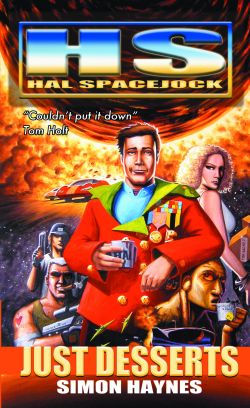This is one of those blog posts where I appreciate an underrated food. Yes, humble sliced bread lightly browned on both sides.
Nothing in life is simple, and good toast isn't just a matter of whacking the sliced stuff in the nukifier and slopping on the topping of choice when it pops out again. No, toast has to be done right.
First, you need one technique for real bread (which doesn't need toasting anyway - better fresh) and another for the stuff you get in gaudy plastic bags with the little plastic doohicky and an expiry date about a week in the future.
This post is about the latter.
First, let me describe the different kinds of toast. The worst kind, to me, is a slice which is spread with marge the instant it hit the plate. The problem here is that the huge amount of heat in the bread melts all the marge, the bread collapses and you end up with a damp flannel with chewy edges. Yuk.
Better is a slightly cooled slice which holds its shape, where the heat softens the marge (or butter, if that's your thing) and which goes CRUNCH when you bite it.
There's a reason they invented toast racks, you know, and it wasn't just so you could stand it all in a neat row. See, the bread still contains a load of moisture after toasting, and if you lay the stuff on a plate it'll just make a damp spot. Yuk again.
I'm a four slice guy, so four slices go into the toaster, which has the dial set to 3/4. Once they pop I leave them to cool for about five minutes. Is it ready after that?
Hell no.
Set the dial to 1/4 and give the toast another dose. This will dump more of the moisture and give you that all-important crunch. Incidentally, bis cuit is french for cooked twice, and biscuit toast is just how I like it. (If you use thin bread adjust the times downward or you'll end up with particle board.)
Remove the toast and - vital - make a tent on your plate with the slices. If you have a toast rack, great, but this works just as well. Let it cool for a couple of minutes and THEN do the spreading.
Now a note on the bread. For years I've worked my way through sliced loaves, always leaving the endy bit on top to keep the upper slice fresh. Once I reached the end of the bag, into the bin it went, along with both of the endy bits.
A week ago, facing endy bits or no toast, I slung them into the machine. POW! Best toast ever. Now I hoard those endy bits for special occasions.
Must go - the toast just popped and today I have
three endy bits to enjoy.
(And if you have a toast method you wish to share, feel free to comment. Maybe we can start a PAHBB society - People for the Appreciation of Hot Browned Bread.)
Simon Haynes is the author of the Hal Spacejock and Hal Junior series (Amazon / Smashwords / other formats)

